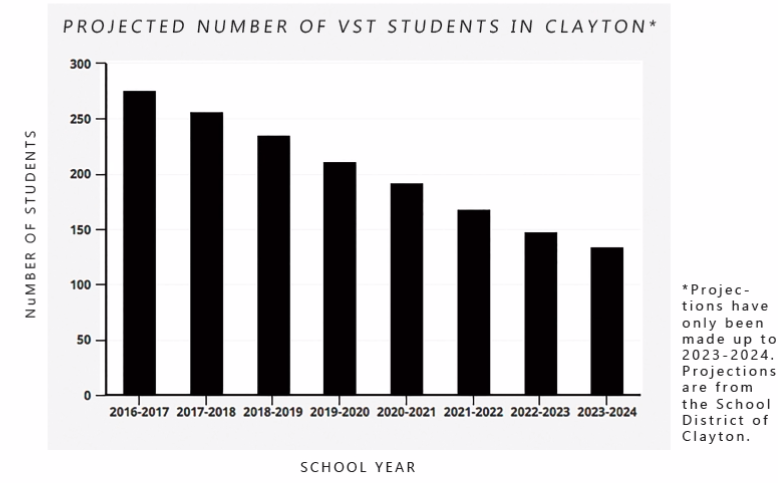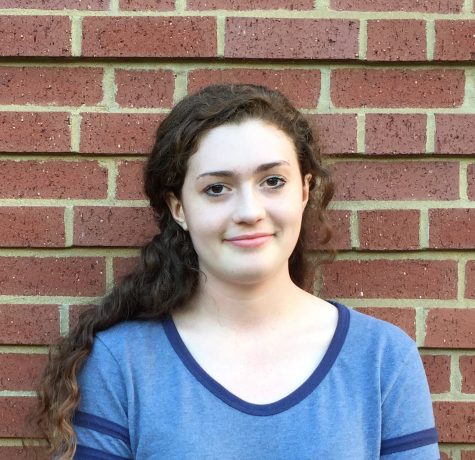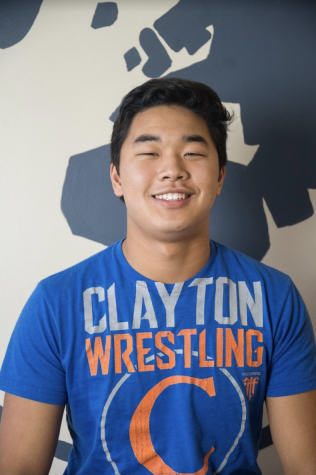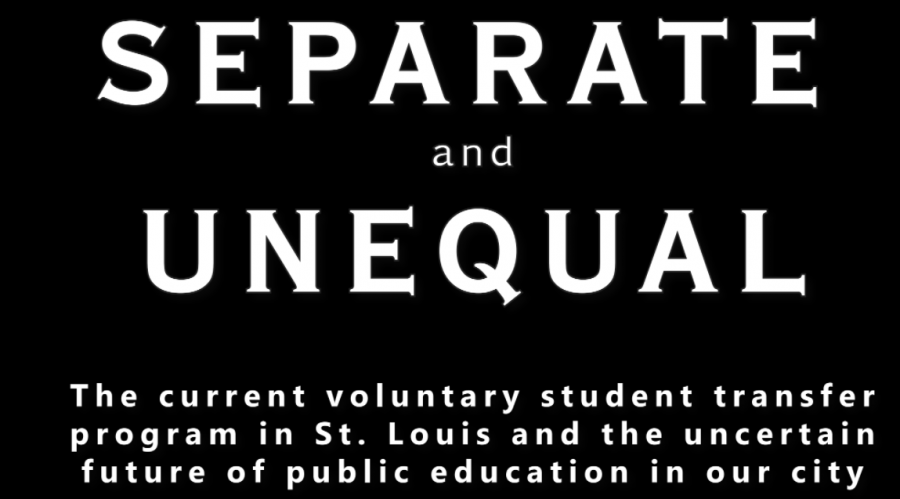After 20 years of the VST program as a court mandated part of the Liddell settlement, explained in part two of this series, the state of Missouri, which bore the financial brunt of the program, wanted out of the expensive arrangement.
Up until 1999 the state of Missouri was funding the VST program and the magnet schools and the net cost was substantial. In order to end the program and effectively the State’s financial contributions to it, Missouri filed for unitary status of the St. Louis City and County public schools.
“These remedies don’t go forever and they need to wind down at some point so they filed that motion to end the desegregation programs and particularly to end the state’s obligation to pay for all of it,” Mark Bremer, lawyer representing the Voluntary Interdistrict Choice Corporation (VICC), said.
Essentially, unitary status would indicate that the St. Louis City and County schools are no longer affected by the vestiges of the prior dual system of racial discrimination.
The issue at hand falls under the Equal Protection Clause of the 14th amendment of 1868, where race-based decision making is prohibited only barring the “remedial exception” which says that one can engage in race-based decision making if it is a remedy to a prior race-based violation.
This “remedial exception” only applies to equalize the disparities between the city and county school districts created by the long period of racial segregation. If Missouri was successful in achieving unitary status, this would mean that there were no longer disparities to equalize, thus the VST program would be unconstitutional.
The file for unitary status went to trial in 1996 before Federal Judge George Gunn. Gunn wanted the case settled between the school districts and the state, so he appointed Bill Danforth, former chancellor at Washington University, to be the settlement coordinator.
Bremer, who represented the St. Louis City and County School Districts, had three main conditions for settlement.
First, Bremer wanted the County districts joined with the City districts to run the program, not a judge or any other outside entity as these districts would work in the best interest of the students.
Second, the transfer program could not cost the districts any money because they could not have their necessary resources depleted to educate their own children.
And third, there would have to be a plan to phase the program out. Under the settlement proposed by Bremer there would be enough funding to run the program they were contemplating so that the program would phase out about five percent per year over a 20 year period.
However this phase out was and is quite contentious among all parties involved.
“In my view as a lawyer under the Supreme Court decisions construing the constitution, the desegregation remedies cannot go in perpetuity. They can’t go forever,” Bremer said. “We had a disagreement though because the lawyers for the plaintiffs wanted it to go forever and we said, ‘We’re just going to have to respectfully disagree with you.’ But in any event, we set it up so that it could phase out very gradually over a 20 year period.”
Conversely, civil rights attorney for the NAACP Veronica Johnson said, “I disagree with [VICC’s] lawyers. Legally if you have a constitutional violation then it is my perspective that the remedy continues until the violation has been cured. Any program that identifies someone by the color of their skin and treats them differently is suspect in an Equal Protection Clause. But if you are doing that because there has been a violation that’s one thing. If you are doing that and there has not been a violation that is something different.”
Finally, after much deliberation, in 1999 the settlement agreement was passed. The law was called Senate Bill 781 (SB 781).
SB 781 completely removed the state of Missouri from the lawsuit. It continued all of the existing programs, but as a court agreement without a judge overseeing it.
Without the court overseeing the program, there needed to be a new leading body, so Bremer and his firm set up the Voluntary Interdistrict Choice Corporation (VICC).
Under VICC, the transfer program is run by all of the school districts participating in the program.The board of directors of VICC is comprised of the superintendents of those districts.
In making decisions regarding VST, each of these districts votes in proportion to the number of students they are educating as part of the transfer program.
With the state of Missouri no longer giving the same funding to the program, funding was coming from other avenues such as a sales tax the NAACP helped levy which would go towards the VST program.
But the program still did not run at full cost reimbursement for the districts, and it still does not.
Even so, according to CEO of VICC David Glaser, the reimbursement rates VICC provides is not minimal.
“We don’t have a huge reimbursement, but quite frankly, the amount we pay to county districts to reimburse them for the costs at $7,000 is generally one of the highest, if not the highest reimbursement rate of any program in the nation. Even though Clayton’s total cost of education is obviously a lot more than $7,000 per student, the incremental costs of educating that one new student is probably not much more. It’s probably less than $7,000 a student,” Glaser said.
As of September 2016, it is estimated that the School District of Clayton spends roughly $20,000 per pupil per year.
For Bremer, the settlement agreements and the formation of VICC became more than court cases and legal activities he was involved in because of his law degree, thanks in part to Danforth.
“The one who really hammered that into my head was Bill Danforth,” Bremer said. “He said, ‘Lawyers-schmoyers. Don’t get in the way of settling this. It needs to get done Bremer. Find a way around it. Don’t tell me that there are legal obstacles that we can’t hurdle. Find out what they are and figure a way to get over ‘em. Even if it’s never been done before. Even if it’s sort of thinking out of the box as lawyers and doing things that are unprecedented. Just do it and get ‘em done.’ And that’s what we did.”





